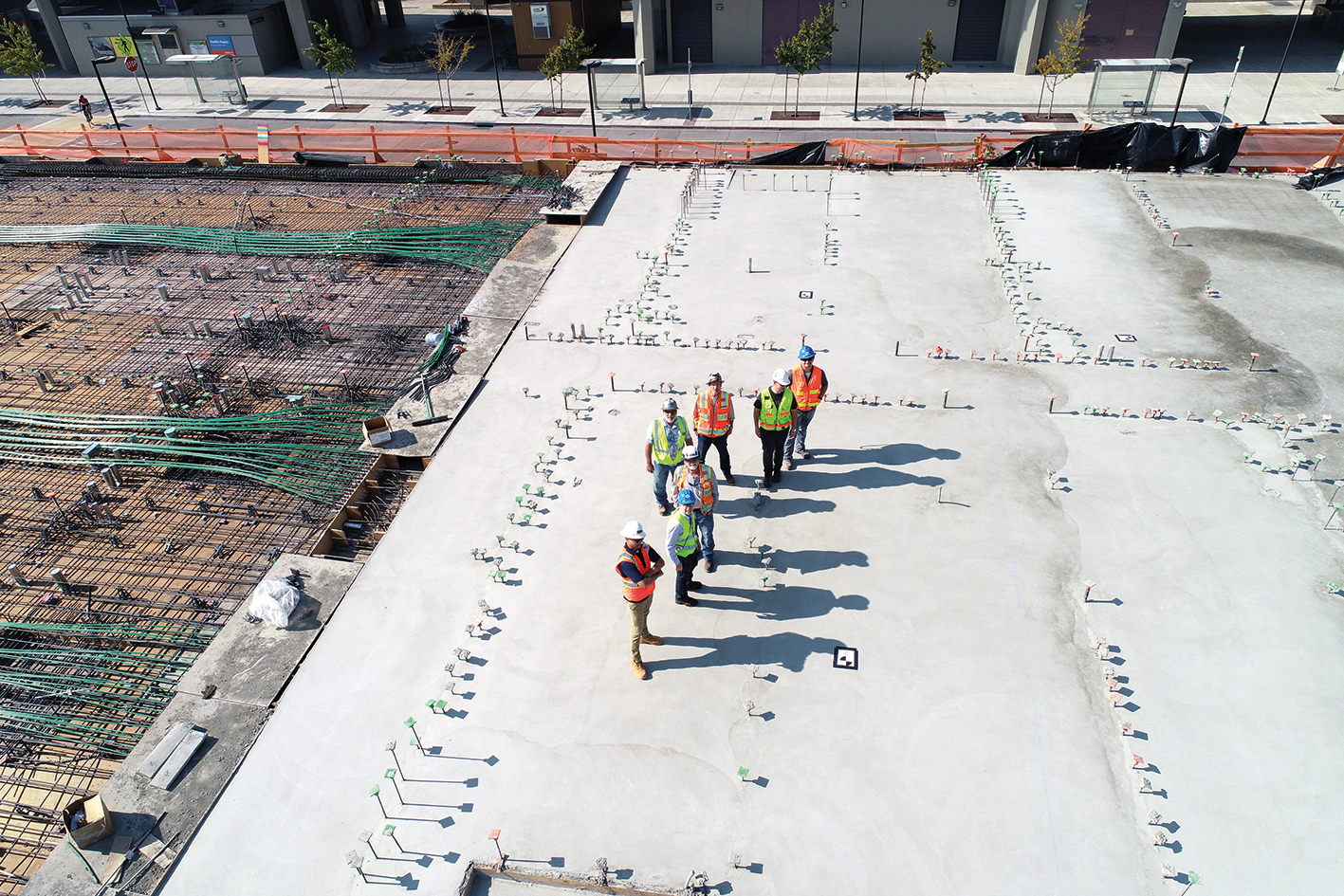Leanne O’Brien, who leads the real estate division at commercial law firm Capital Law, examines options for universities and colleges looking to adapt their estates strategies.

What seemed like temporary emergency measures at the start of the pandemic, with the most prominent being shifting in-person lectures to online learning models, have led to much deeper cultural changes across education institutions in the last year. As a result, it is quite unclear what the campus of the future will look like.
Some students are eager to come back to the campus, others less so. In higher education, the campus experience is often seen as a critical part of the student journey, whereas further education students could be more versatile about how their education is delivered. It means institutions must remain alert to the changing preferences of their students and employers in order to successfully adapt their offer.
From a real estate perspective, this includes making some very big decisions: principally, whether to keep, dispose of, repurpose and commercialise, or relocate the once traditional and iconic campus culture.
Before the pandemic, several establishments we work with had undertaken space utilisation surveys, which revealed that some buildings were massively under-utilised. To maximise the value of these buildings in the new world, institutions could look into flexible lease or license arrangements with business partners. As well as generating a direct income, this kind of collaboration could strengthen relationships between students and businesses for future employment.
Another topic high on the political agenda is relocation to unlock town centre regeneration. by increasing footfall. There will be space for such a move as many big-name retail stalwarts have collapsed in the past 12 months and huge new build office blocks remain unoccupied, with further office space likely to be released to the market as many employers implement permanent WFH policies.
Ultimately, these decisions are all underpinned by the same issues of affordability and availability of funding. Many colleges and universities are worried that the lean into more flexible learning styles, without the physical environment and a “true” higher education experience, may deter students from applying in the first place.
Some organisations are also looking into securing income and capital funding through non-traditional means. Although it is likely that standalone public sector grant-led solutions will dominate the capital investment landscape for projects across higher education institutions, it is becoming more apparent that blended public and private funding solutions and co-locations with other civic providers will provide an influx of funding as well as ideal connections to private sector companies or public services that students can take advantage of.
This blended approach could also provide access to other funds such as the City Deal Investment Programmes and other economic/GVA based schemes, where the ability to demonstrate return on investment and other impacts and benefits lends itself more towards a collaborative approach.
This could involve a rework of the entire estates’ strategy for the organisation, or it could be as simple as disposing of buildings that are under-utilised and hard to justify retaining. But what is clear is that old-style campuses won’t deliver the revenue that they used to, and that now is the time to innovate - considering cost, wider sustainability issues and being open to new partnership opportunities. The world has changed, and academic institutions need to evolve with it
Each college and university must work out for itself the right balance – measuring the cost of keeping too much of its current estate, against the risk of getting rid of too many buildings and not having enough left for future needs. And while there is no one-size fits all solution, dialogue across the sectors is essential, to have a real shot of accessing funding.